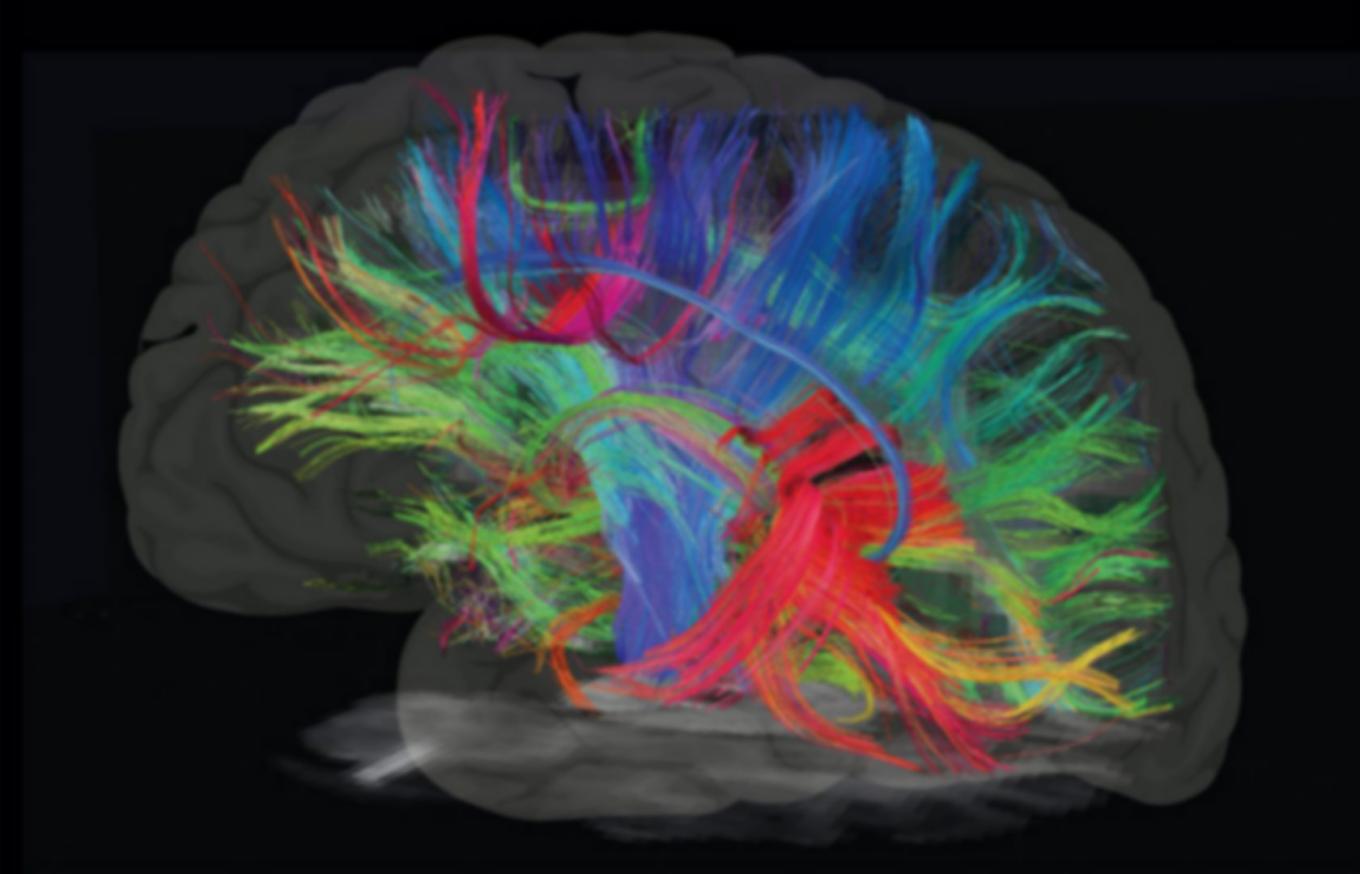How Can Brain Imaging Enhance Learning and Memory? Unlocking the Potential of Neurofeedback and Brain-Computer Interfaces
The human brain, with its intricate network of neurons and synapses, holds the key to our ability to learn, remember, and adapt to our surroundings. Brain imaging technologies, such as electroencephalography (EEG), functional magnetic resonance imaging (fMRI), and magnetoencephalography (MEG), have revolutionized our understanding of brain function and opened up new avenues for enhancing learning and memory.

The Role Of Brain Imaging In Learning And Memory
Brain imaging techniques allow researchers and clinicians to visualize and measure brain activity in real-time, providing valuable insights into the neural mechanisms underlying learning and memory. By studying the brain's response to different stimuli and tasks, we can identify specific brain regions and networks involved in these cognitive processes.
This knowledge has led to the development of targeted interventions aimed at enhancing learning and memory. These interventions, which include neurofeedback and brain-computer interfaces (BCIs), harness the power of brain imaging to modulate brain activity and improve cognitive function.
Neurofeedback: A Powerful Tool For Learning And Memory Enhancement

Neurofeedback is a non-invasive technique that allows individuals to learn how to regulate their own brain activity in real-time. During a neurofeedback session, an individual is connected to sensors that measure brain activity, such as EEG or fMRI signals. These signals are then processed and fed back to the individual in the form of visual, auditory, or tactile cues.
By observing these cues, individuals can learn to identify and modify their brain activity patterns associated with optimal learning and memory. For example, an individual may learn to increase the activity of certain brain regions associated with attention and focus, or to reduce the activity of brain regions associated with distraction and anxiety.
Brain-Computer Interfaces: Opening New Frontiers In Learning And Memory
Brain-computer interfaces (BCIs) take the concept of neurofeedback a step further by allowing direct communication between the brain and external devices. BCIs use sensors to measure brain activity and translate these signals into commands that can control external devices, such as computers, robotic limbs, or even other people's brains.
BCIs have the potential to revolutionize the way we interact with the world around us. In the context of learning and memory, BCIs could be used to directly stimulate or inhibit specific brain regions involved in these cognitive processes, thereby enhancing learning and memory outcomes.
Combining Neurofeedback And BCIs For Synergistic Effects
The combination of neurofeedback and BCIs offers exciting possibilities for learning and memory enhancement. Neurofeedback can be used to train individuals to control specific brain signals, which can then be used by BCIs to directly modulate brain activity. This combined approach has the potential to provide more precise and targeted interventions for improving cognitive function.
Ethical Considerations And Future Directions
While the potential benefits of brain imaging technologies for learning and memory enhancement are immense, it is important to consider the ethical implications of these technologies. Issues such as privacy, autonomy, and the potential for misuse need to be carefully addressed.
Additionally, further research is needed to fully understand the long-term effects of brain imaging interventions on brain function and cognition. Responsible and ethical research practices are essential to ensure that these technologies are used for the benefit of society and not to the detriment of individuals.
Brain imaging technologies, particularly neurofeedback and BCIs, hold great promise for revolutionizing the way we approach learning and memory enhancement. By providing insights into the neural mechanisms underlying these cognitive processes and by allowing us to directly modulate brain activity, these technologies have the potential to transform education, healthcare, and our understanding of the human mind.
YesNo

Leave a Reply